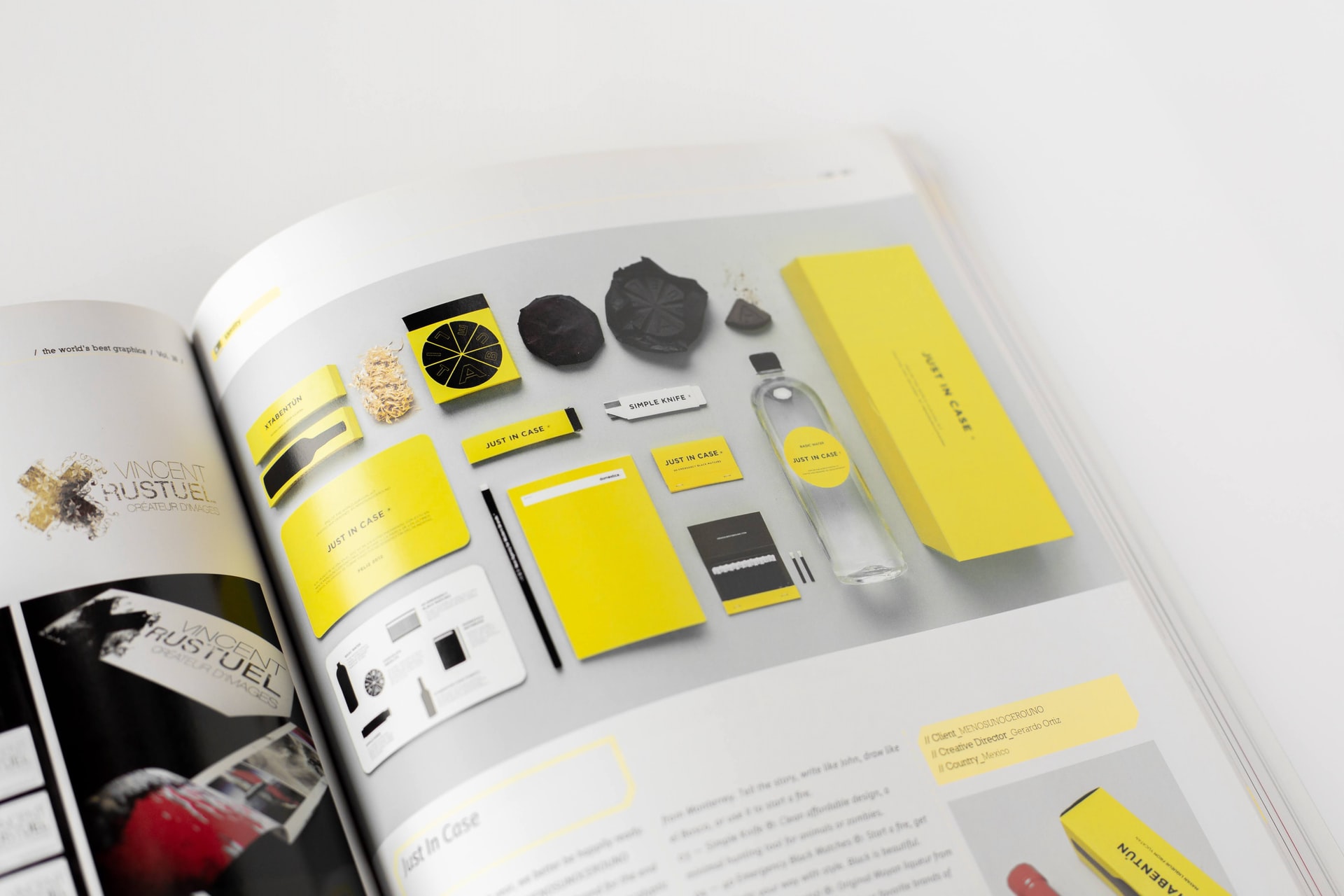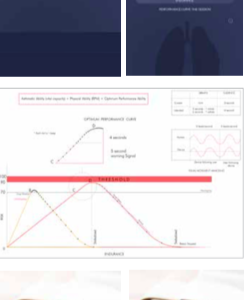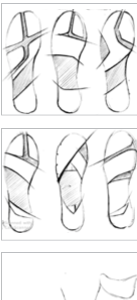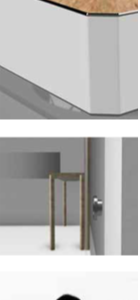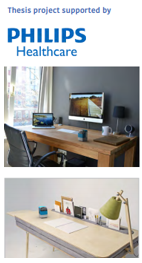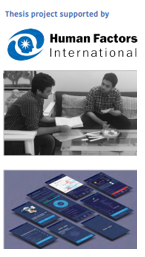The Most Common Product Design Mistakes and How to Avoid Them
Product designers combine critical thinking and problem solving to create the designs of products that help people globally. It’s an important role that is needed to ensure that people are comfortable while using new products. But many product design mistakes can make an entire brand fail. These can be easily avoided – if the product designer is aware of them. Here’s a list of the most common product design failures to avoid.
The Most Common Product Design Mistakes
1. Focusing Too Much on Aesthetics
Any product designer needs to get the right balance of aesthetics, performance, and cost. These along with other factors are integral to a product’s success. But many designers erroneously focus too much on the aesthetics part. While it’s understandable as to why a designer would naturally be drawn to working on the aesthetics of a product more, but if a product is only visually appealing, it will not succeed. It needs to perform well too.
The design cannot be overly complicated and difficult to use as it will present more problems to the user. Plus, if the product doesn’t perform as per expectations, the chances of the customers coming back a second time are slim to none. Worse yet, they may tell others not to use the product either.
The solution is to study the customers thoroughly, their needs, how much time they’re willing to invest in learning how to use a new product, and how much they’re ready to spend on it. Cost also plays a huge role in the success of a product. Thorough market research helps one identify the spending power of their target consumers and how to cater to them.
2. Not Considering Intellectual Property
IP is legally protected and copyright infringement is a serious and expensive offense. An IP breach can result in loss of money, even if the owner of the copyright wants to settle out of court. It’s also an embarrassment and will result in much negative PR. Many product designers forget about this while they’re designing. It’s important to keep IP in mind when creating a product from scratch. Before a product designer starts their work, they must do research and ensure what they’ve created isn’t already licensed by someone else. If it is, they must purchase the rights to use that particular technology.
Product designers would do well to ask themselves the following questions:
Are there any patents that exist that could affect a design?
Is there a need to avoid certain design elements or technologies in their work?
The answers to these questions may be helpful in the long run by saving designers from getting entangled in copyright issues.
3. Not Focusing on Specifications
Each product will have a certain set of specifications and requirements that the designer must meet. But sometimes, the designer gets carried away and the product design fails. It’s important not to be too self-indulgent when creating products, and just going with instincts rather than the framework.
In some cases, the product designer isn’t given the entire description of what is needed. When that happens, they shouldn’t even start the work. Otherwise, they’ll have to make changes in between and that will be taxing.
On a related note, product designers must keep in mind the specific standards that the product must meet. This includes design, manufacturing, and testing standards. For example, if a product has a certain heat tolerance, such as 190°F, it cannot be designed with a material that will melt at 180°F. All this must be communicated across departments. Miscommunication will result in delays in the schedule or worse.
4. Failing to Understand the Consumer
The product is ultimately being designed for a consumer. The worst-designed products are a result of not paying enough attention to the customer’s needs. One aspect of this is selling at the wrong price point. The product has to be priced at a range that’s affordable for the target audience.
No matter how great the product is, no one will buy it if it’s unaffordable. A good way around this is to study the target’s average disposable income, how much they’re willing to splurge, and the competitor’s pricing.
Another failure is not experiencing the product itself. This helps the designer understand the physical realities of their designs. They spend sufficient time interacting with a prototype of the product to understand it.
5. Forgetting to Study Product Trends
Another important point to study is trends in the product segment. Customers want the latest version of whatever is in the market. It’s a common notion that the newest version will have the best features. If a product designer builds an outdated product, there is no way it will sell. It’s essential to stay updated in whatever segment the designer is working in.
6. Working Under Pressure
Many design failures in products are related to working under a state of duress. Stress creates anxiety, and this can lead to the designer making errors they normally wouldn’t make. The main cause of stress would be tight deadlines. To avoid getting pressurized at the end of the month, designers should add a buffer to the actual deadline.
This will help them avoid pressured, last-minute scrambling around that is bound to be filled with mistakes. By doing this, they will constantly be in a state of harmony.
Now you know what NOT to do to become a successful product designer. But, do you know what to do? To learn more about the skills and knowledge required to be a top-notch product designer, learn from the best – ISDI (School of Design and Innovation).
Our students are taught the cultural, historical, behavioral, and functional aspects of product creation. This 4 – year undergraduate specialization offers students a deeper understanding of the diverse topics of product and industrial design. It equips students with expertise in the tools and techniques to translate their visions into products.
Become a product designing superstar at the best design college in Mumbai!

